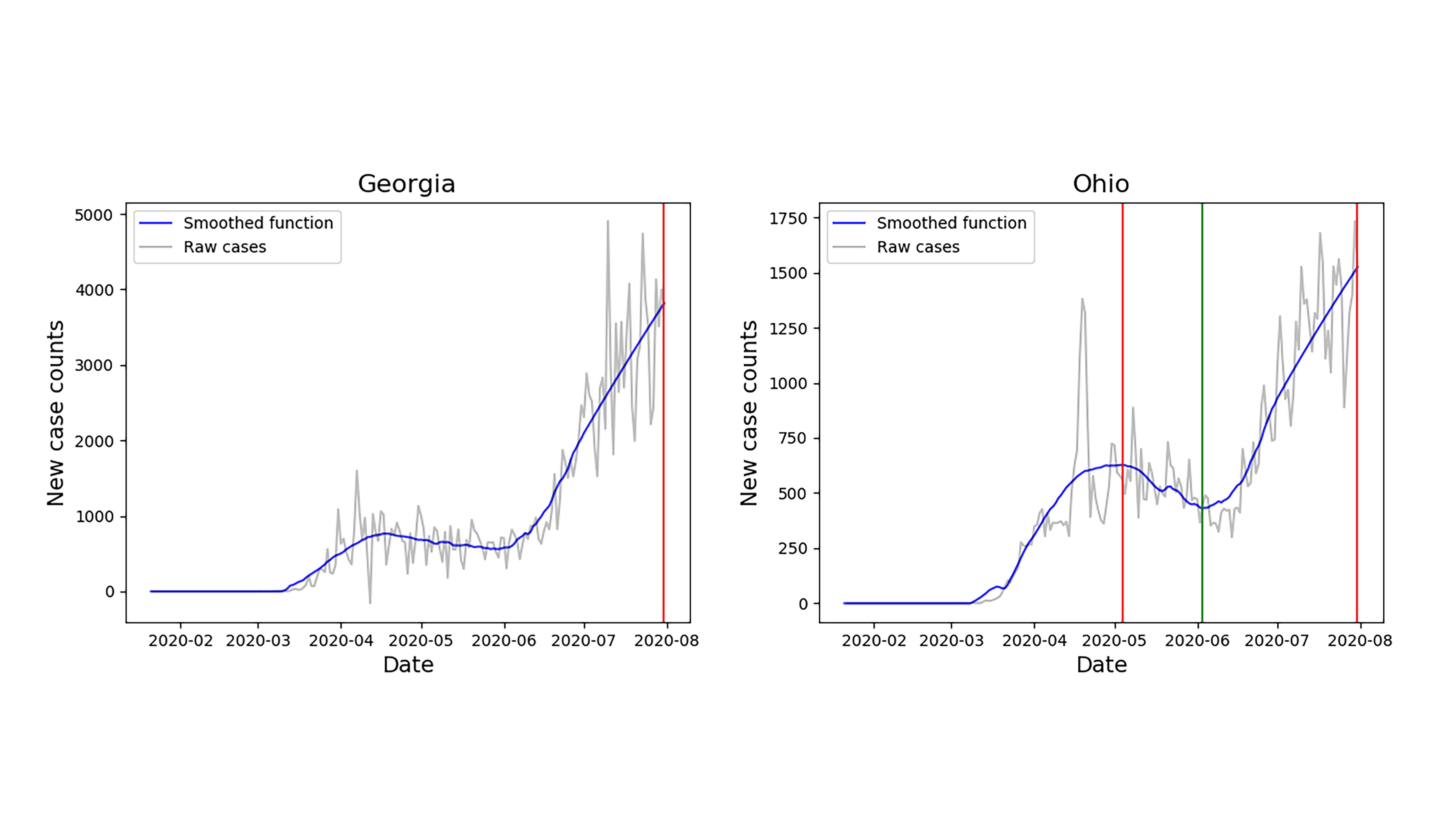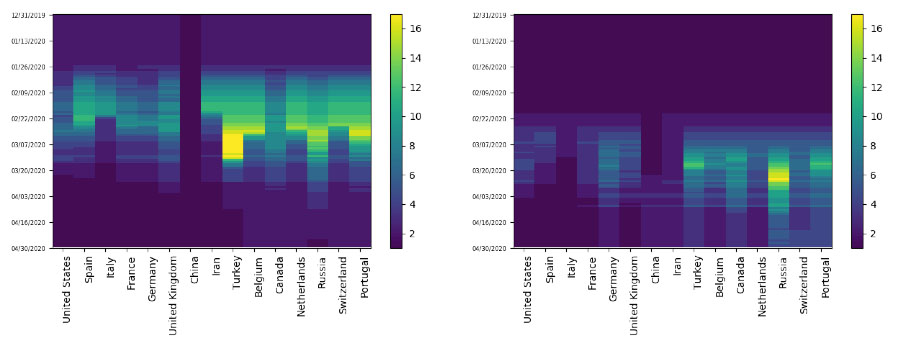As Europe experienced its enormous second wave of the COVID-19 disease, researchers noticed the mortality rate was much lower than during the first wave. This inspired some to study and quantify the mortality rate on a country-by-country basis to determine how much the rate decreased. In Chaos, they introduce methods to study the progression of COVID-19 cases to deaths during the pandemic’s different waves; their methods involve applied mathematics, specifically nonlinear dynamics, and time series analysis.



